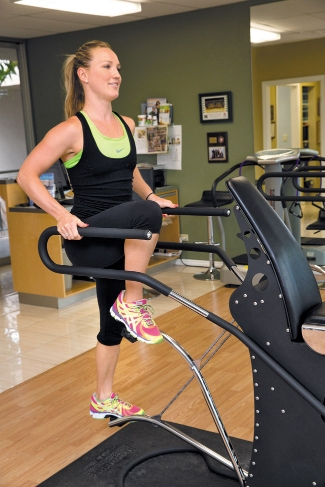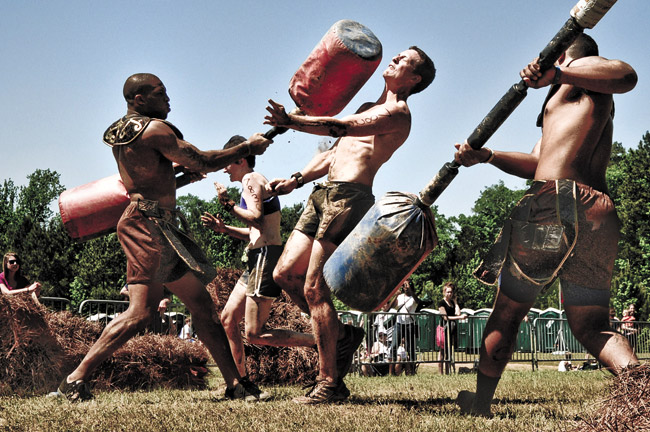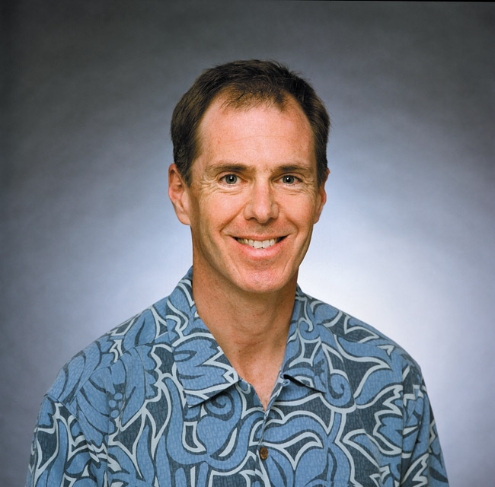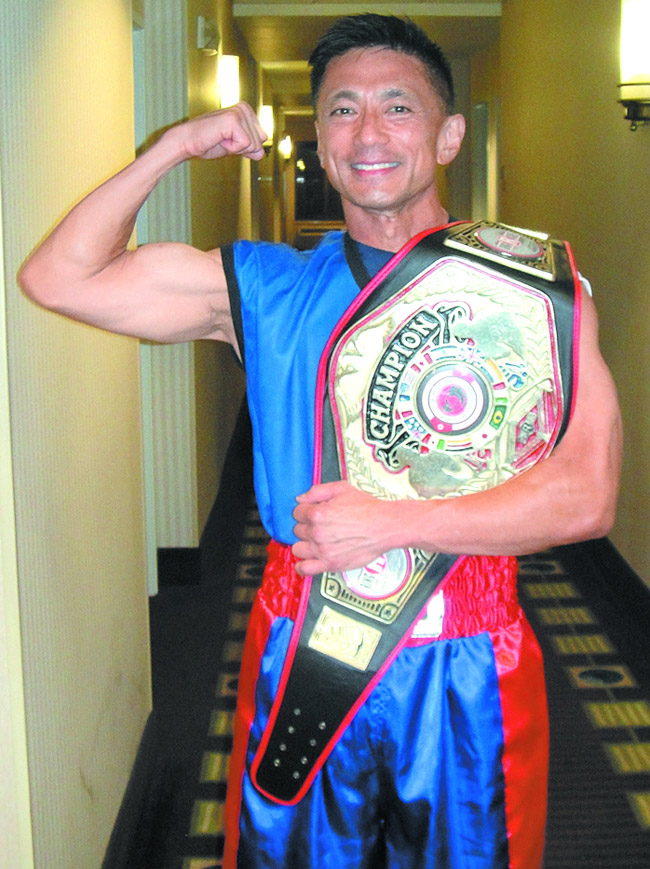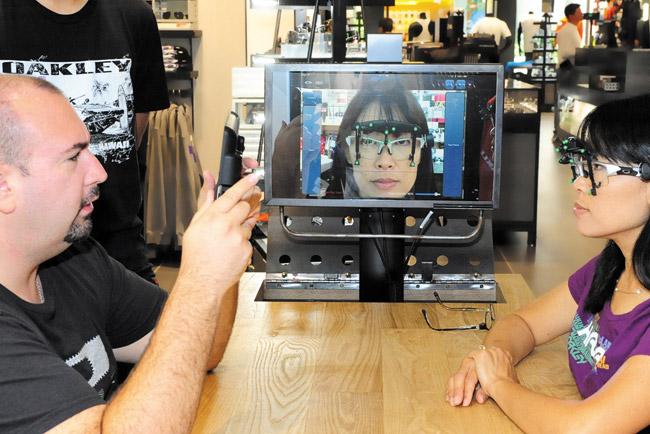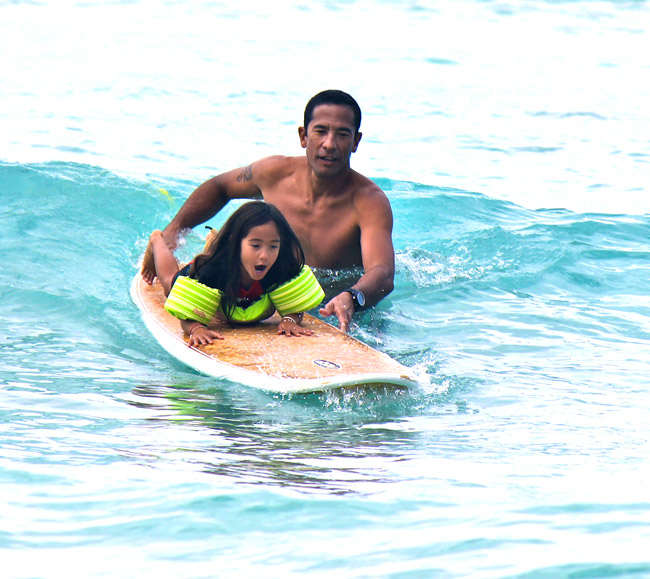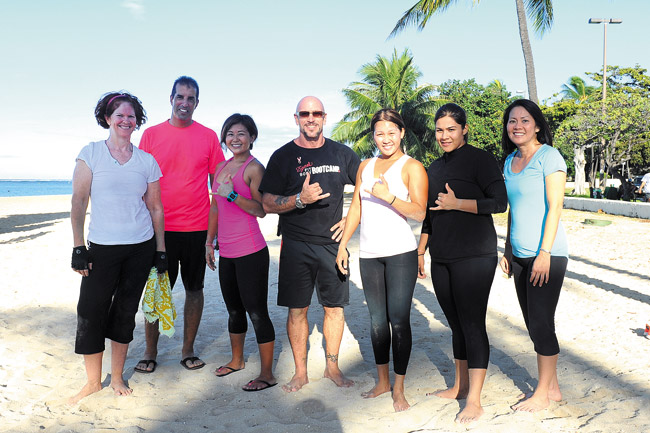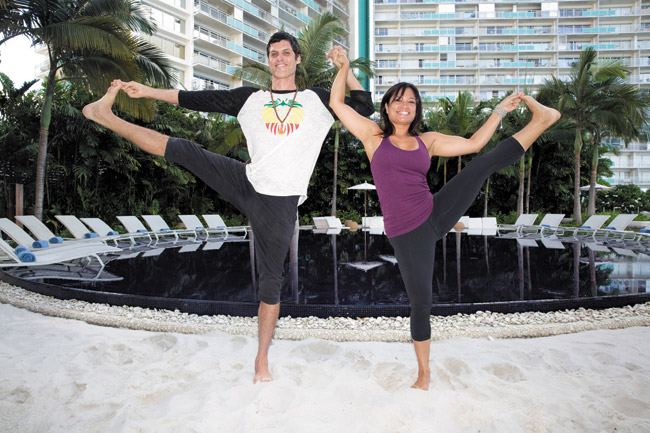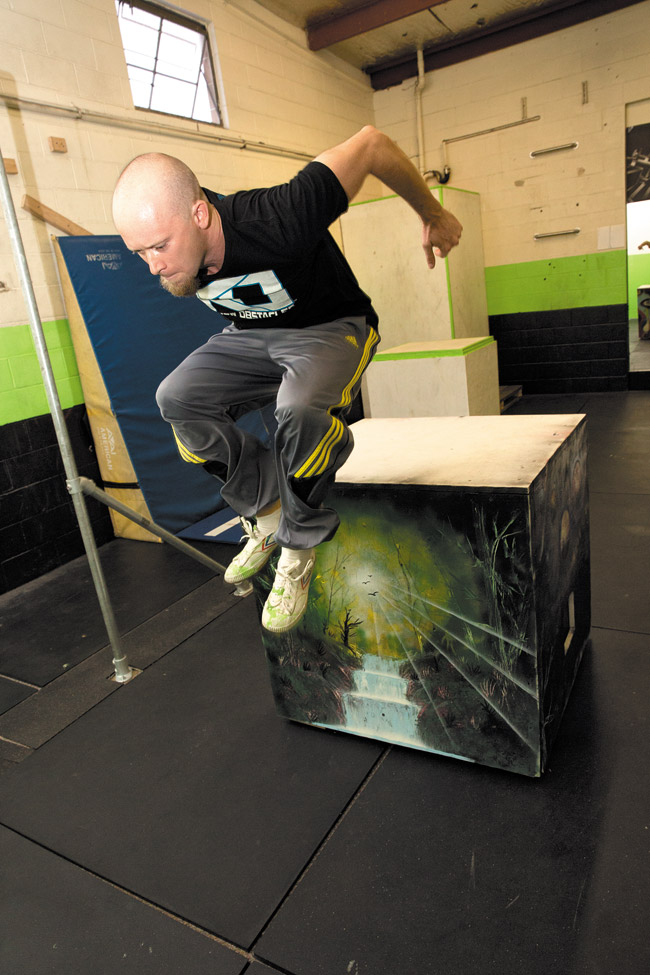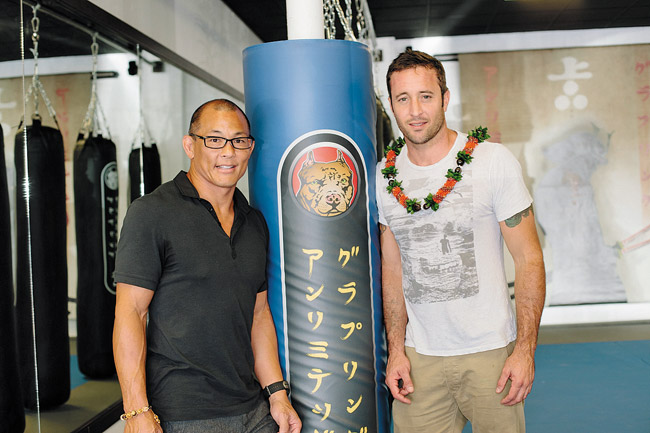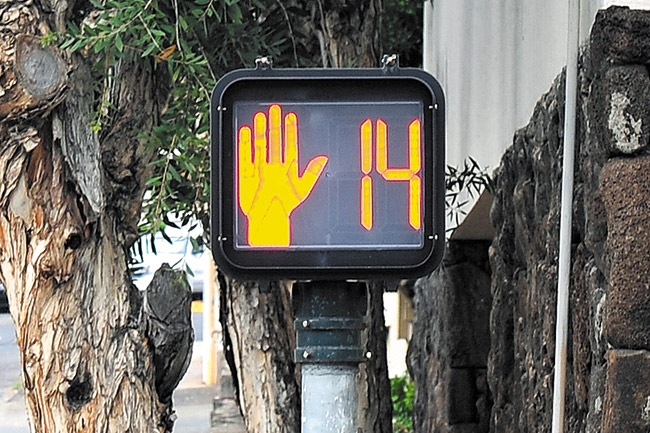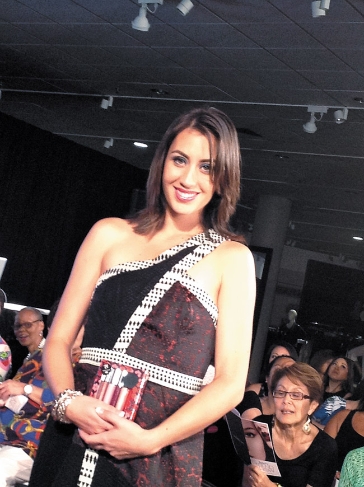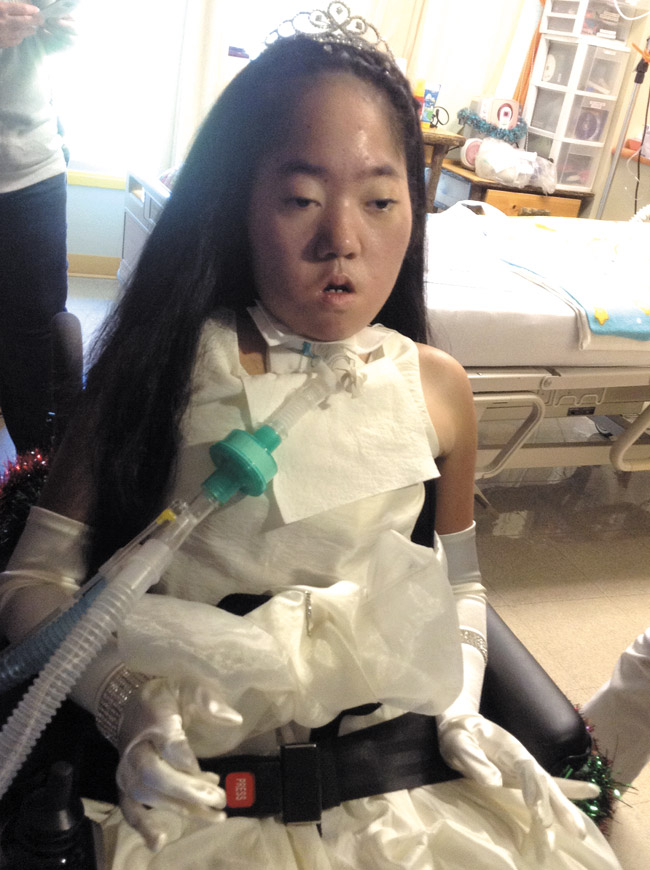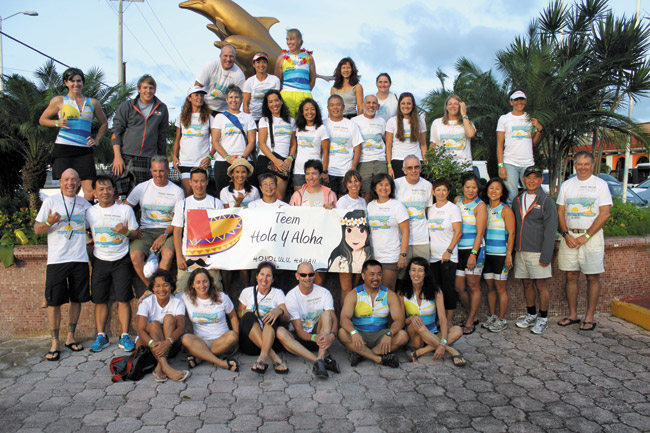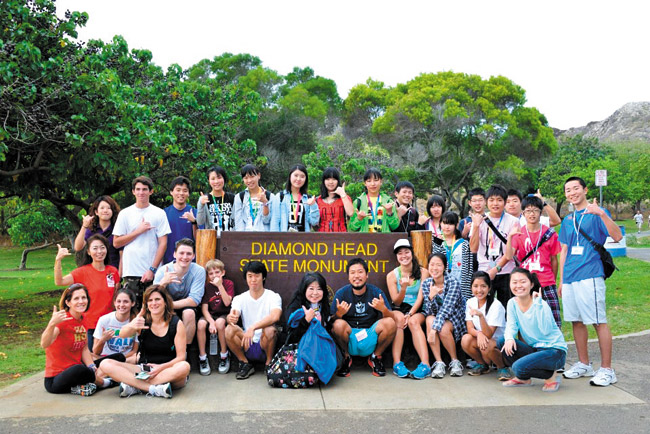
Children from the Tohoku region of Japan and their chaperones stop at Diamond Head during a visit to Hawaii last winter as part of the Rainbow for Japan Kids program | Photo courtesy Rainbow for Japan Kids
A reported 240 children lost both parents, and more than 1,300 lost one parent in the March 2011 earthquake and tsunami in Japan, according to Hiromi Okada, Hawaii Senior Life Enrichment Association Nadeshiko Club president.
In an effort to help these children, the Nadeshiko Club created Rainbow for Japan Kids, a nonprofit program that enables children (primarily teens ages 12 to 15) from the Tohoku region of Japan to visit Hawaii for 10 days.
While here, they are treated to various Hawaiian cultural activities on Oahu and Hawaii Island, and get to experience the aloha spirit first hand.
To help raise funds for Rainbow for Japan Kids, travel company Hawaii H.I.S. Corp. and the Nadeshiko Club have teamed up once again to host the third annual Lea Lea Charity 5K Run and Clean Up Saturday, Aug. 10 at Ala Moana Beach Park.
The race starts at 6 a.m. and will be followed by an awards program and 30-minute voluntary beach cleanup. Participants also can bid on auction items, and each finisher will receive a T-shirt. Prizes also will be awarded to the top three male and female finishers.
Enter online at Active.com or stop in at Hawaii H.I.S. (in Don Quijote Kaheka, Waikiki Shopping Plaza, 1046 Bishop St. Suite A in downtown Honolulu, or at the H.I.S. Lea Lea Lounge in Royal Hawaiian Center).
Entry fee (before Aug. 6) is $40, or $20 for children over 5 years old, students with ID and seniors over 60 years old. Late registration is $50.
Since 2011, more than 120 children from Tohoku have participated in Rainbow for Japan Kids, including a group of 15 who arrived this week. Fliers about the program were distributed through the department of education in Tohoku, and the children are asked to submit an essay about their future.
“We want to help these children because they are the next generation,” explains Okada, who is from Yokohama and moved to Hawaii 16 years ago. “We have to give them hope. Hope in rebuilding Tohoku, and hope for their future.
“Also, many of them worry about water or don’t like it because of the tsunami. But, when they come to Hawaii, they see the beaches are so beautiful and it helps them overcome that fear of water.”
